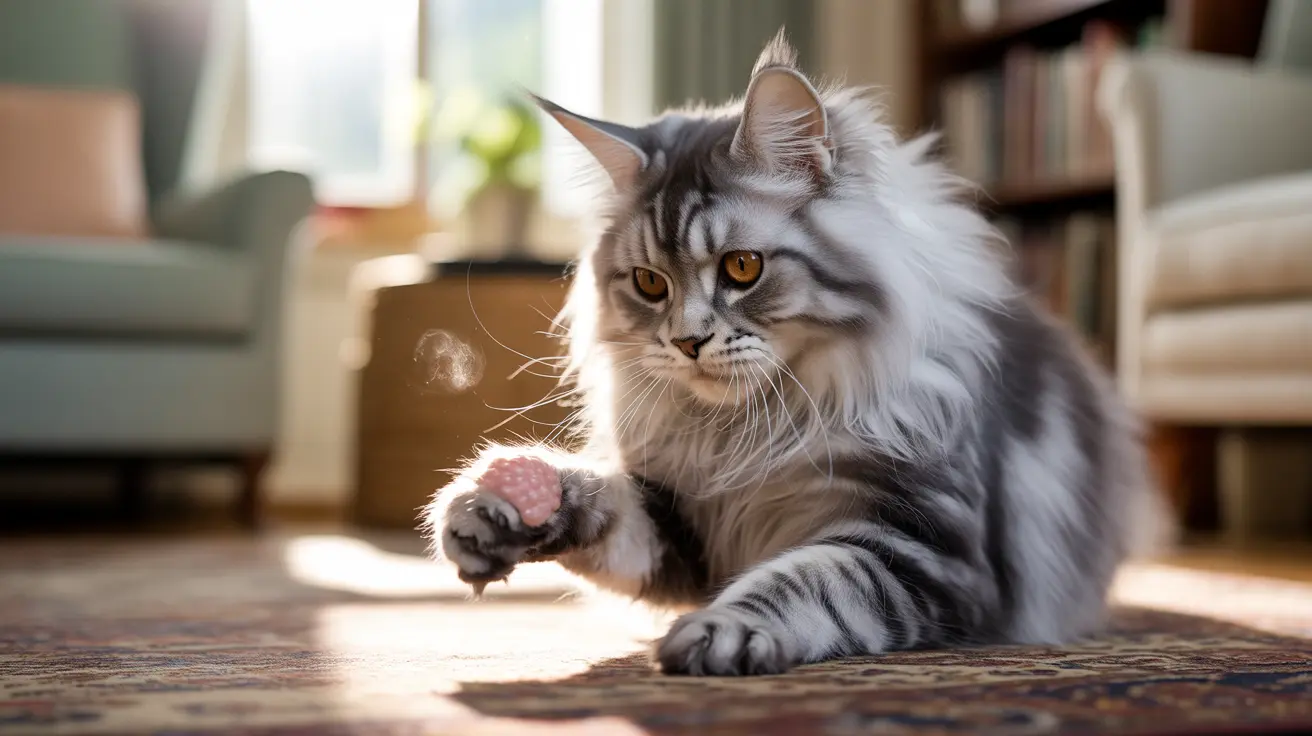Understanding Cat Warts and Their Causes
Cat warts are benign growths caused by the feline papillomavirus. Unlike in dogs and humans, these viral-induced growths are relatively uncommon in cats, typically affecting those with compromised immune systems, very young cats, or elderly felines.
The virus typically enters through small cuts or breaks in the skin, causing abnormal cell growth that results in the characteristic wart-like appearance. These growths can appear anywhere on the body but are most commonly found on the face, neck, and in the mouth.
Identifying Cat Warts: Signs and Symptoms
Cat warts have several distinctive characteristics that can help you identify them:
- Small, raised bumps with a rough or cauliflower-like texture
- Flesh-colored to pink appearances
- Can appear individually or in clusters
- May be found on the skin or in the mouth
- Sometimes accompanied by drooling or bad breath when located orally
When to Seek Veterinary Care
While many cat warts are harmless and may resolve on their own, certain situations warrant immediate veterinary attention:
- Rapid growth or changes in appearance
- Bleeding or ulceration
- Multiple warts appearing suddenly
- Signs of discomfort or behavioral changes
- Difficulty eating or drinking (for oral warts)
Treatment Options for Feline Papillomas
Treatment approaches for cat warts vary depending on their location, size, and impact on the cat's quality of life. Common treatment options include:
- Monitoring and allowing natural regression
- Surgical removal
- Cryotherapy (freezing)
- Laser treatment
- Immune system support
- Antiviral medications in some cases
Prevention and Management Strategies
While it's not always possible to prevent cat warts, several strategies can help reduce the risk:
- Maintaining good overall health
- Regular veterinary check-ups
- Proper nutrition and immune system support
- Keeping living areas clean and hygienic
- Isolating infected cats in multi-cat households
Frequently Asked Questions
What causes warts (papillomas) in cats and how do they spread?
Cat warts are caused by the feline papillomavirus, which spreads through direct contact with infected cats or contaminated objects. The virus typically enters through small breaks in the skin or mucous membranes, particularly in cats with weakened immune systems.
How can I tell if my cat's wart is harmless or needs veterinary attention?
Monitor the wart for changes in size, color, or texture. Seek veterinary care if the wart bleeds, grows rapidly, causes discomfort, or interferes with normal activities. Any growth that persists longer than two months should be evaluated by a veterinarian.
What are the most effective treatments for removing warts on cats?
The most effective treatment depends on the specific case. Options include surgical removal, cryotherapy, laser treatment, or allowing natural regression while supporting the immune system. Your veterinarian will recommend the best approach based on the wart's location, size, and your cat's overall health.
Can cat warts go away on their own without treatment?
Yes, many cat warts will resolve spontaneously within 1-2 months as the immune system fights off the virus. However, monitoring is essential to ensure the growth doesn't become problematic or indicate a more serious condition.
How can I prevent my cat from getting or spreading papillomavirus warts?
Prevent spread by maintaining good hygiene, isolating infected cats, keeping the environment clean, and supporting your cat's immune system through proper nutrition and regular veterinary care. However, complete prevention may not always be possible due to the virus's contagious nature.
Conclusion
While cat warts can be concerning, understanding their nature and knowing when to seek veterinary care is crucial for your pet's health. Most cases resolve naturally or respond well to treatment, but proper monitoring and care are essential. Remember to consult with your veterinarian if you notice any unusual growths on your cat, as early intervention can lead to better outcomes.






